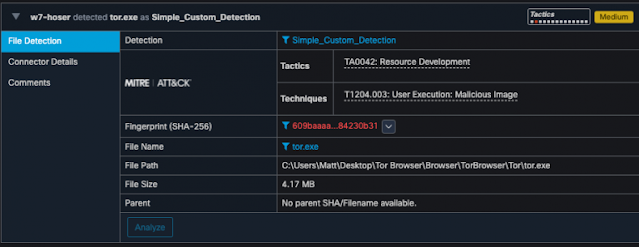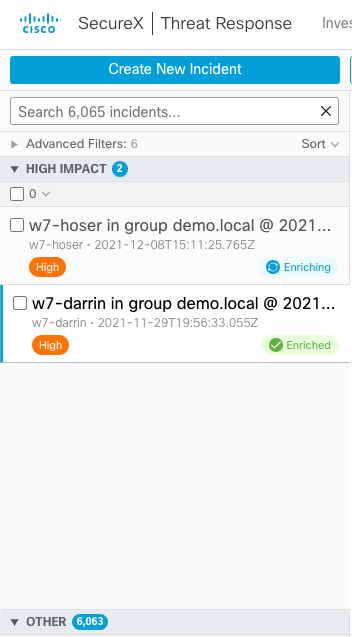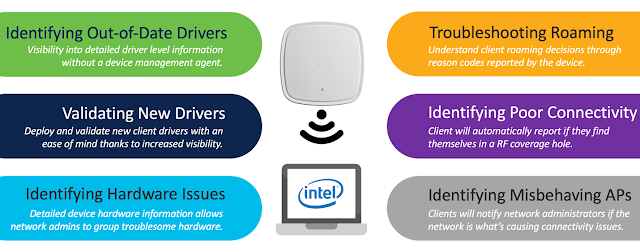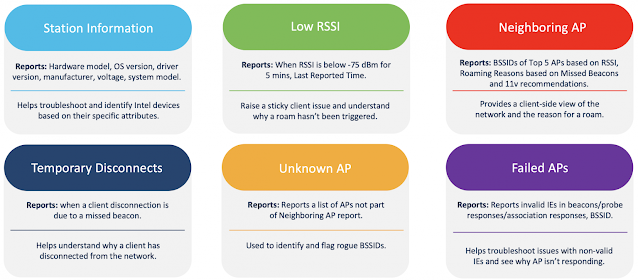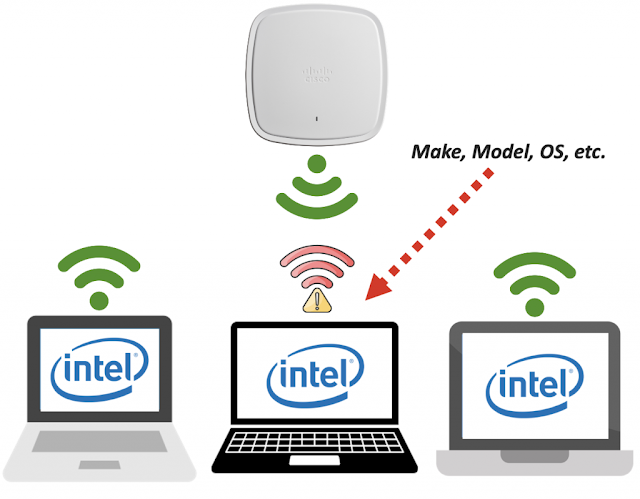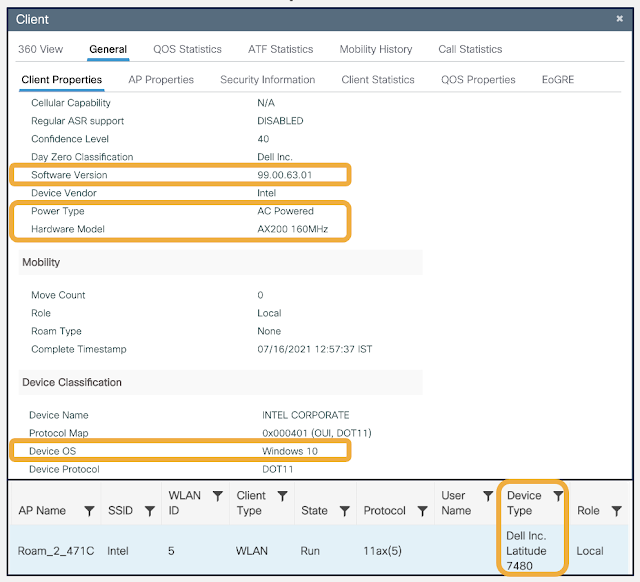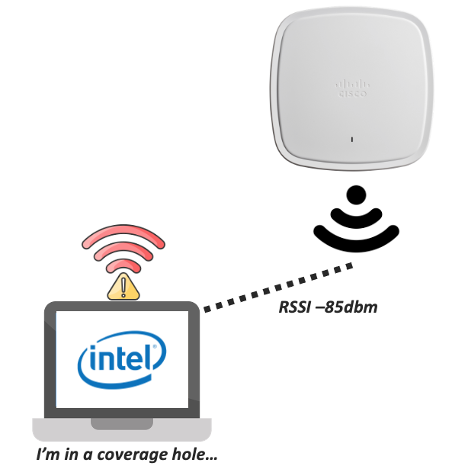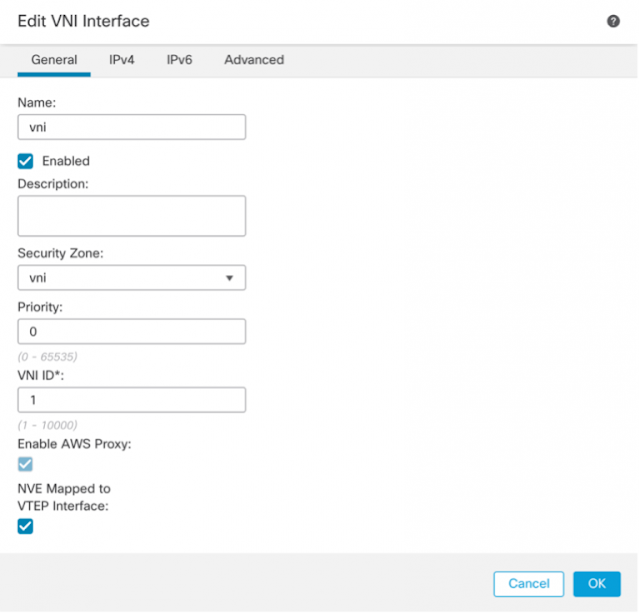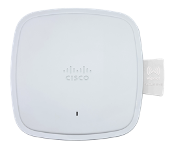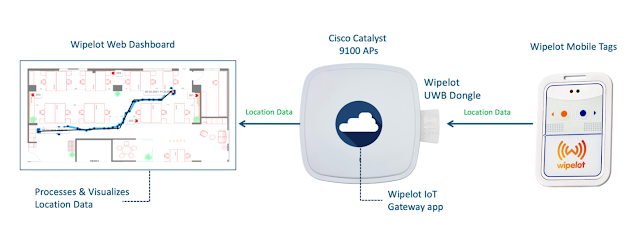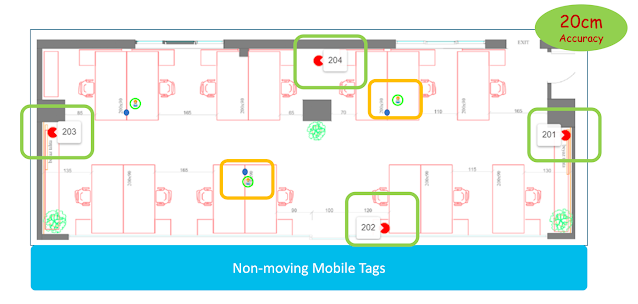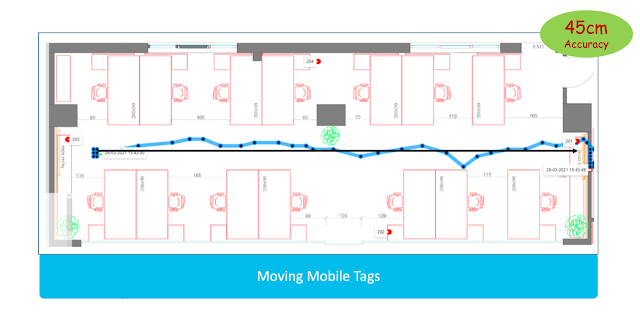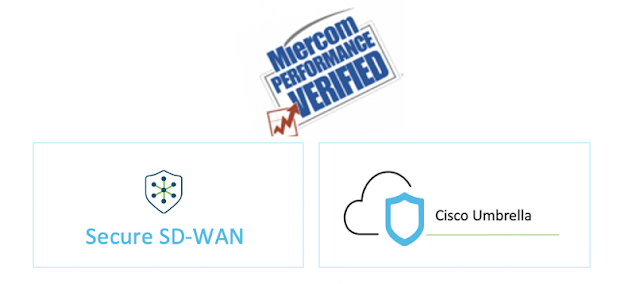CCNP Enterprise 350-401 ENCOR Exam Information
After passing the CCNP ENCOR exam, an applicant will hold the skills of troubleshooting, configuring, and operating wireless and enterprise wired networks. It is why this exam measures one’s skill in infrastructure, architecture, virtualization, automation, network assurance, and security.
The exam comprises 90 to 110 questions. The questions type is multiple-choice, and the exam takers have 120 minutes to answer them. You have to obtain 750-850 to pass the exam.
When it comes to candidates eligible for this exam, they require to hold relative knowledge and experience working on Cisco networks. It is why it is suggested that applicants hold some working experience. This isn’t a formal requirement, but it will be helpful if they are already familiar with the fundamentals. This CCNP ENCOR certification is the best fit for System Engineers and Integrators, Network Consultants, and Cisco Channel Partners. If you don’t hold this knowledge, you will first need to acquire all the skills evaluated on the CCNP Enterprise certification.
Top Tips to Pass CCNP Enterprise 350-401 ENCOR Exam
Let’s explore some tips for this Cisco exam preparation. Cisco certification exam passing ratio is very less, indicating that you will have to invest a lot of time and effort. It will expect you to dedicate four to five months for exam preparation. Yes, we perceive how frightening this may look, which is why you should enforce the following tricks.
Concentrate on the CCNP ENCOR Exam Topics
The first thing you have to do is find the complete list of CCNP ENCOR exam topics. Finding this syllabus is moderately simple. You just need to google search, and several results will give you. But without doubt, you should only visit Cisco’s official page and other trusted websites.
Each of the topics is marked by percentage, so you will understand which requires more time and focus. You should study all of them.
Create a Study Schedule to Organize Your Studies
The key to passing this 350-401 ENCOR is organizing your studies. We understand that we have possibly devastated you a bit, but you will be good if you have sufficient time to commit yourself to this task and plan out every study session. So, make sure to investigate when the date of the exam is, and therefore, this is the first thing you have to learn.
Furthermore, think about your everyday life, and find a few hours a day to study. Yes, this can be a challenge if you have a full-time job and a large family, but you have to do it. Even two hours per day will be sufficient. But, keep in mind that you require to concentrate completely, which means no disturbances. Make a realistic study schedule and follow it no matter the temptation.
Collect the Relevant Study Resources
The next step to take in your CCNP ENCOR exam preparation is obtaining essential study resources. You should start with the Cisco 350-401 study guide. And make sure you read it at least two times. This study guide will equip you with all the essential information about the exam and includes exam questions.
Moreover, it may also be great to make short notes after going over each topic. Some people don’t like this approach, but it can be helpful. Not only will you be able to determine how much you have grasped, but these notes will be a superb tool for the final revision.
Cisco 350-401 ENCOR Practice Test
Taking the CCNP ENCOR practice test is the best way to gauge your learning. You can find many websites providing online practice tests for Cisco exam preparation, such as NWExam.com. At the same time, you can perform practice tests to gauge your skills during the whole process of prepping. This way, you will comprehend whether you have to go over definite topics again.
Online Training Courses
If it appears to you that you cannot be prepared for this exam by self-studying approach or simply that you won’t be very effective on your own, there are always online courses you can take up. Yes, you will have to pay some money for online training courses, but keep in mind that they will ultimately pay themselves off. You will get a tone of other study resources and collaborate with experts who will help you master every tough topic.
Online Communities
If you like to study in a group, there are a large number of online communities and blogs where you will get in touch with people who are preparing for the same exam as you are. You can connect with other applicants to study and solve each other's doubts. What’s more, this way, you will also meet the professionals and people who have passed Cisco 350-401 ENCOR exam, so you will get first-hand information.
Conclusion
Passing the 350-401 exam and achieving the chosen Cisco certification helps you boost your career. Becoming Cisco certified will allow you to get better-paid jobs in international organizations due to your new coveted skills.




